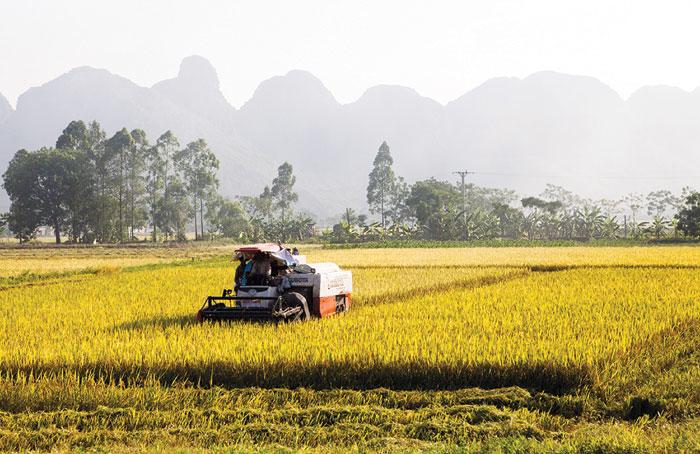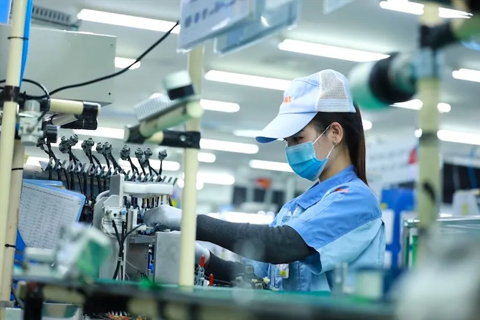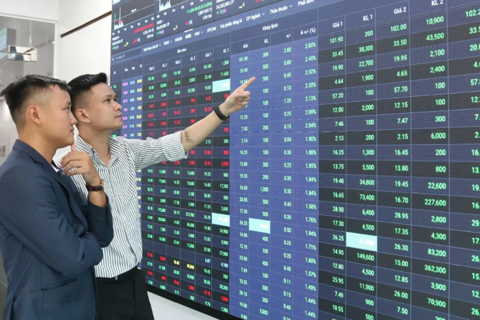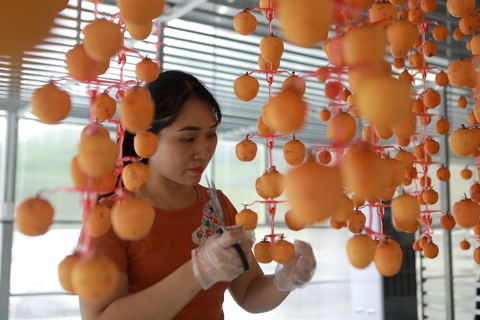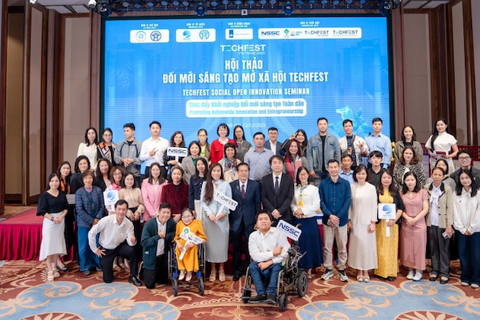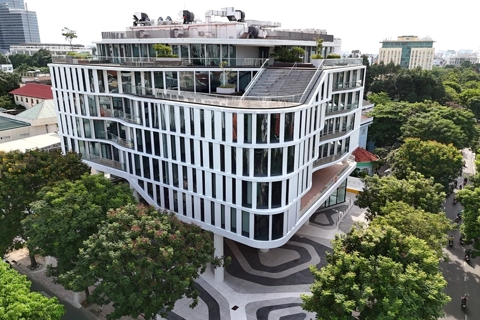Vietnam targets green and climate-resilient agricultural sector by 2030
The income level of farmers is expected to rise 2.5-3-fold against 2020, along with the reduction of the multidimensional poverty rate by 1-1.5%.
By 2030, Vietnam would have a green, environmentally-friendly, and climate-resilient agricultural sector, which would effectively reduce 10% of greenhouse gas emissions in 2020.
| Harvesting rice crops in Hanoi. Photo: The Hanoi Times |
The target was revealed in the national strategy recently signed off by Deputy Prime Minister Le Van Thanh on sustainable agricultural and rural development for the 2021-2030 period, with a vision to 2050.
Under the plan, the Government expects to promote agricultural development based on the advantage of each locality for greater productivity, quality, and efficiency that is capable of competing with the world’s major farm producers.
This would also help Vietnam ensure national food security for socio-economic stability and fulfill the country’s commitments in reducing greenhouse emissions; improve people’s income, quality of life, and farmers’ status in agricultural production.
The plan also aims to create non-agriculture jobs for people to diversify livelihoods and address sustainable poverty for those living in rural areas, in turn promoting equal development among localities.
Meanwhile, the Government will foster comprehensive development of the rural area retaining cultural characteristics in association with the process of urbanization for sustainable growth.
By 2030, the GDP growth of the agro-forestry-fishery sector would average 2.5-3%; productivity would be expanded by 5.5-6% per year, and export growth to reach 5-6%.
The income level of farmers in rural areas is expected to rise 2.5-3-fold against 2020, along with the reduction of the multidimensional poverty rate by 1-1.5%. The proportion of agricultural workers in the total workforce would stay below 20% by 2030, and over 70% of them would receive qualification training for their respective jobs.
During 2008-2020, the GDP growth of Hanoi’s agricultural sector expanded by 2.94% per year, and productivity per capita rose to nearly VND60 million (US$2,642), almost doubling the amount in 2008. In a recent meeting on January 19, Vice Secretary of the Hanoi Party Committee Nguyen Thi Tuyen expected the sector to continue serving as a pillar for economic development, with the GDP growth rate set to maintain at 2.94% per year. |

